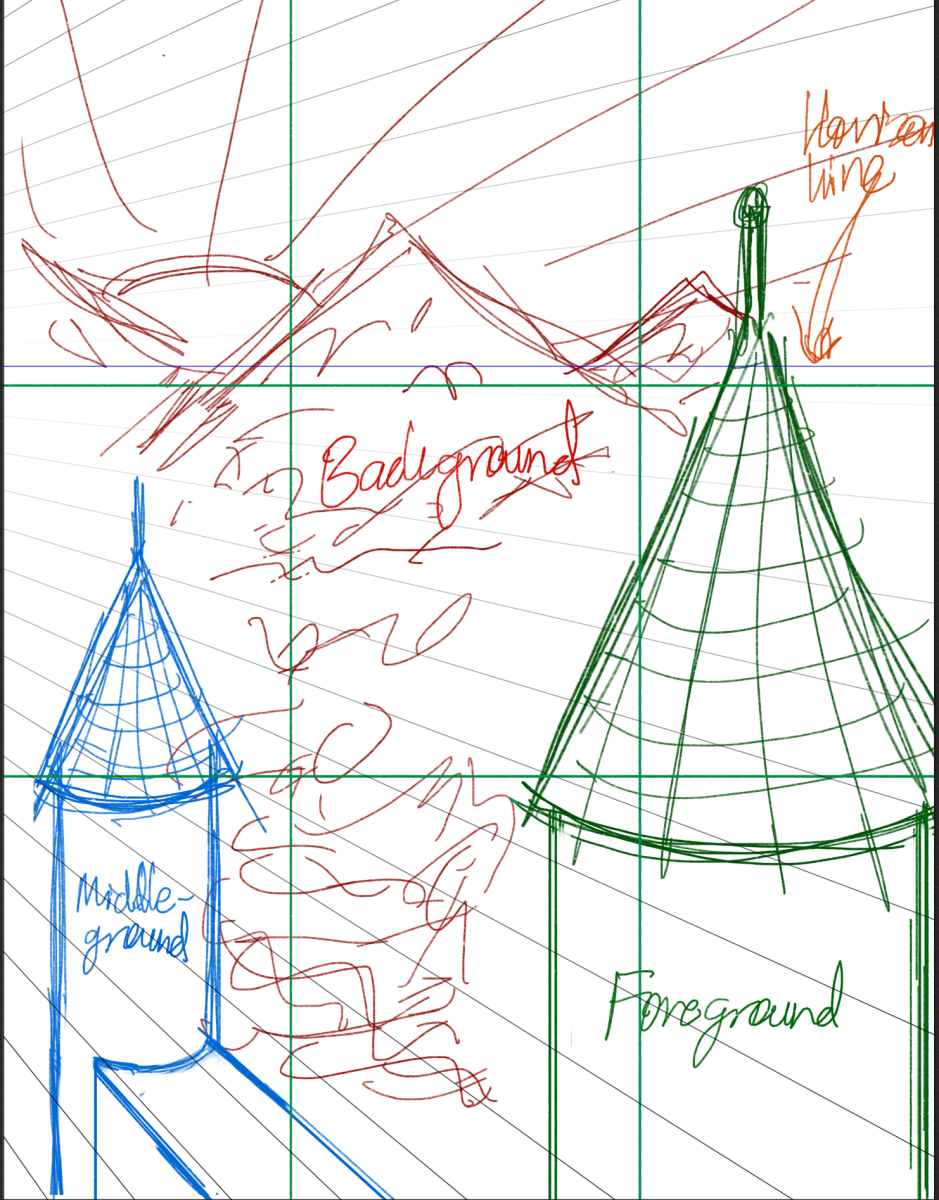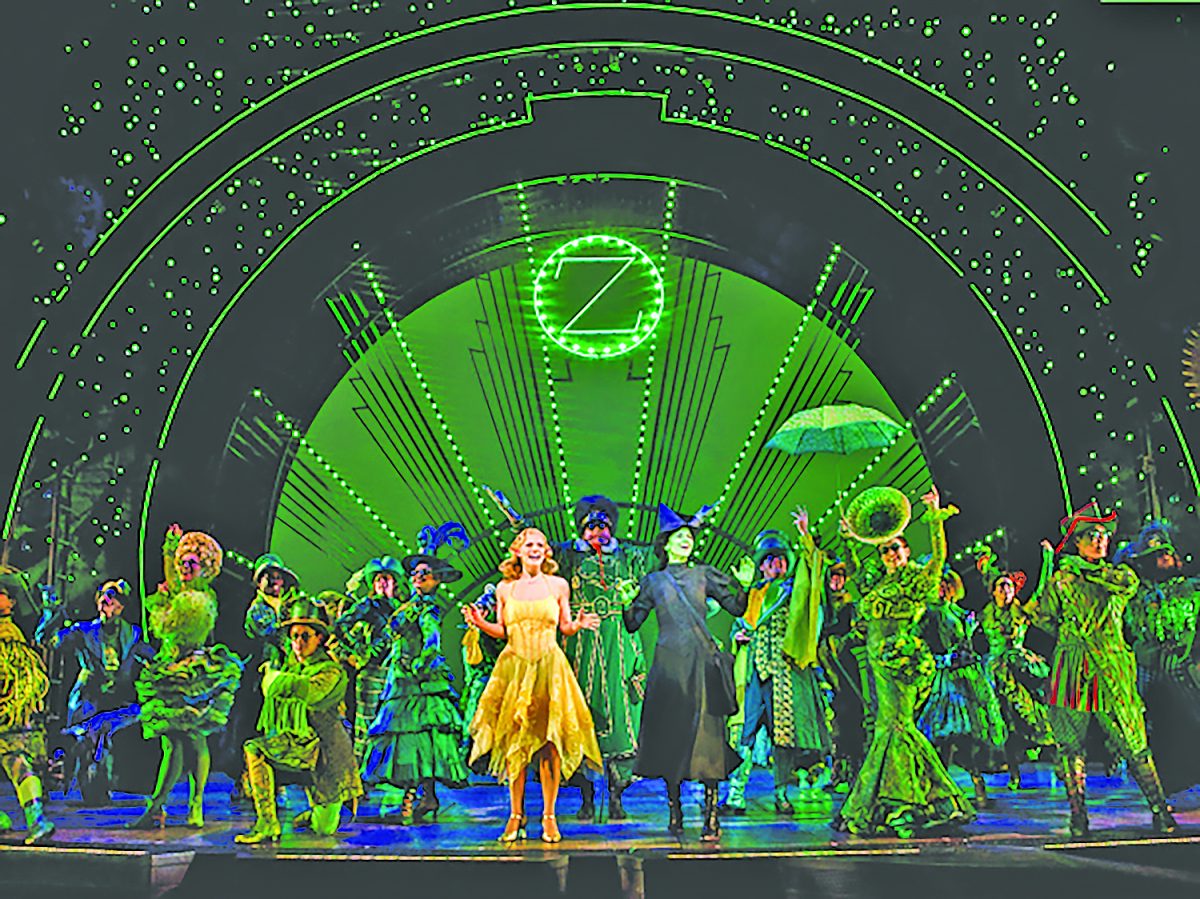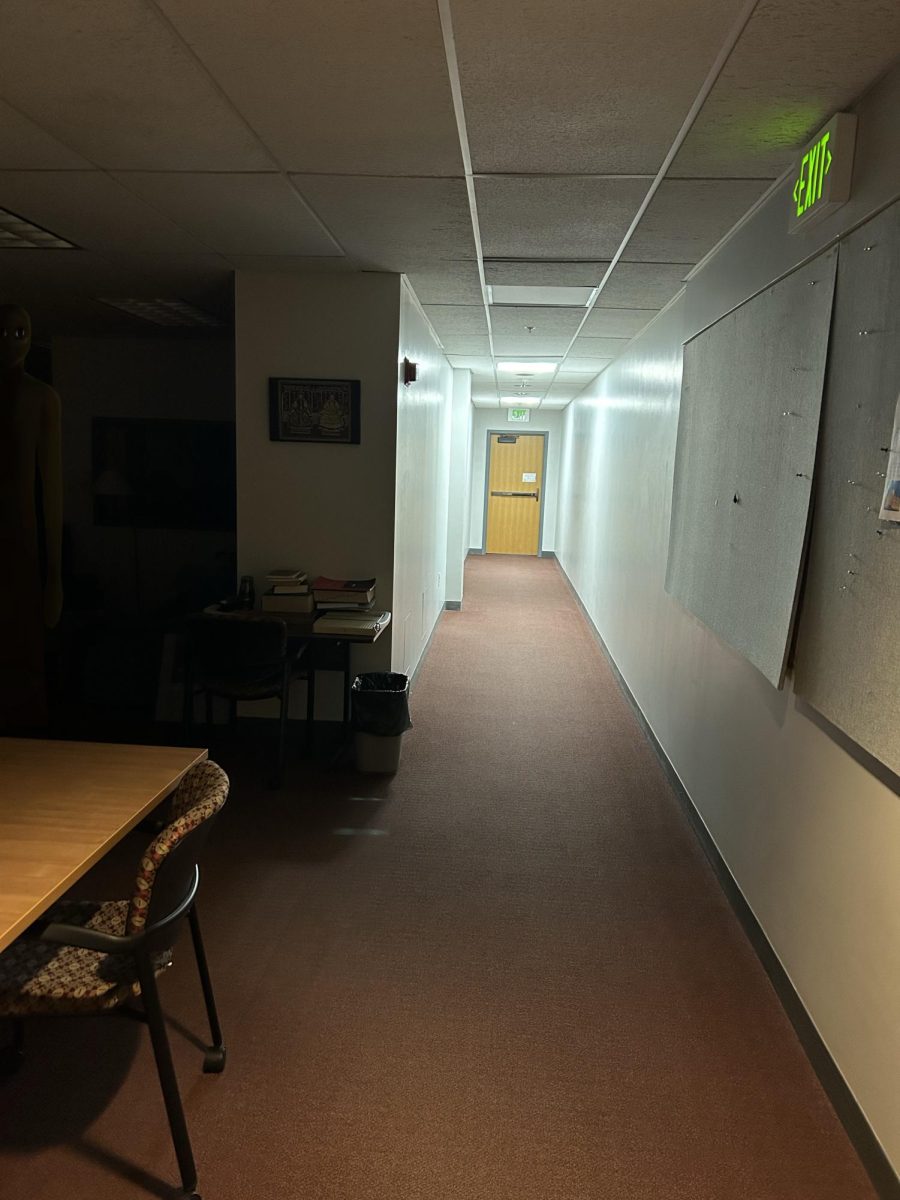Professor of Performing Arts Bethany Plissey hosted a showing of the documentary “The Singing Revolution” on Jan. 25 in Bentley Hall. The Creative Audience presentation featured a short lecture, followed by the documentary, which focuses on the period between 1987 and 1991, when the small nation of Estonia peaceably proclaimed its need for independence from the U.S.S.R. through non-violent protests and hundreds of thousands of Estonians singing their way to freedom. This film shows “a peaceful way of overcoming insurmountable odds,” said Plissey.
The population of Estonia is about 1.3 million, roughly the size of Vermont and New Hampshire combined. It sits between Latvia and Russia on the Baltic Sea, a short ferry ride from Helsinki, Finland. About half of the Estonian population sings in some type of choral ensemble. The country has a rich singing history, and has been holding huge song festivals for almost 150 years.
Estonians had already lived on their land for thousands of years when Christianity was forced upon them during the Crusades of the early 1200s. They endured multiple occupations before becoming an independent European state in 1918.
In late August 1939, Hitler and Stalin signed the Molotov-Ribbentrop Pact, which made the Soviet Union and Germany allies. Within the week, World War II began, and Stalin’s threats to the Baltic nations of Estonia, Latvia and Lithuania had started.
Stalin took over Estonia the following June, beginning a bloody time in Estonian history. Within six years, the Soviet policy of Russification marked a period of cultural genocide, during which Estonia lost about a quarter of its population to execution, imprisonment in Siberian work camps and fortunate fleeing survivors. Over the next 50 years, Estonians suffered as the Soviet occupation continued.
At the first song festival after the Soviet occupation, a musical desire for independence slipped by the Soviet sensors, “ Mu isamaa on minu arm” or “Land of My Fathers, Land that I Love.” Although this song was not allowed on the program, in the the 1950s Estonians began singing the song, despite warnings not to do so.
By 1965, the song was included on the song festival program. At the 100th anniversary of the song festival in 1969, the singers and crowd began singing the song a second time after their performance, defying orders from the Soviets to leave the stage. With new policies from incoming Soviet leader Mikhail Gorbechev, economic restructuring and free speech beginning to take hold, Estonians began pushing the nonviolent limits to the best of their ability.
“It’s amazing how such a small country could stand up to the entirety of the Soviet Union without violent force,” said JSC student Christopher Scott Currier, Jr.
The Estonians decided that if they continued to protest without violence, Gorbachev would not be able to send in tanks and heavy artillery to stop them. Although the Estonian people had several different political groups fighting for independence, each with their own philosophies on how to achieve that freedom and what that freedom meant, the consensus was non-violence. Though there were many times where the situation could have escalated to violence, the Estonians held fast to their peaceable methods and kept singing their way to freedom.
“What impressed me most about the ‘Singing Revolution’ documentary was the countenance of the Estonian people,” said JSC staff member Kelly Ford. “How they maintained composure and unity through decades of horrific oppression, yet did not resort to violence. The national unity through song, and the connection it brought even with differing viewpoints within their own culture, was the solidifying element and the force that fought oppression. Talk about nonviolent resolution seems only lip service and ivory-tower theory with rarely a strong example of it in action. Estonia, as presented in this film, epitomizes nonviolent action in the most dramatic way – against military might – and amidst the backdrop of cultural annihilation. That is amazing to me.”
“The Singing Revolution” will be in circulation in the Willey Library and Learning Center after the next two weeks. For more information on the film and the Estonian fight for independence, visit the website www.singingrevolution.com.






